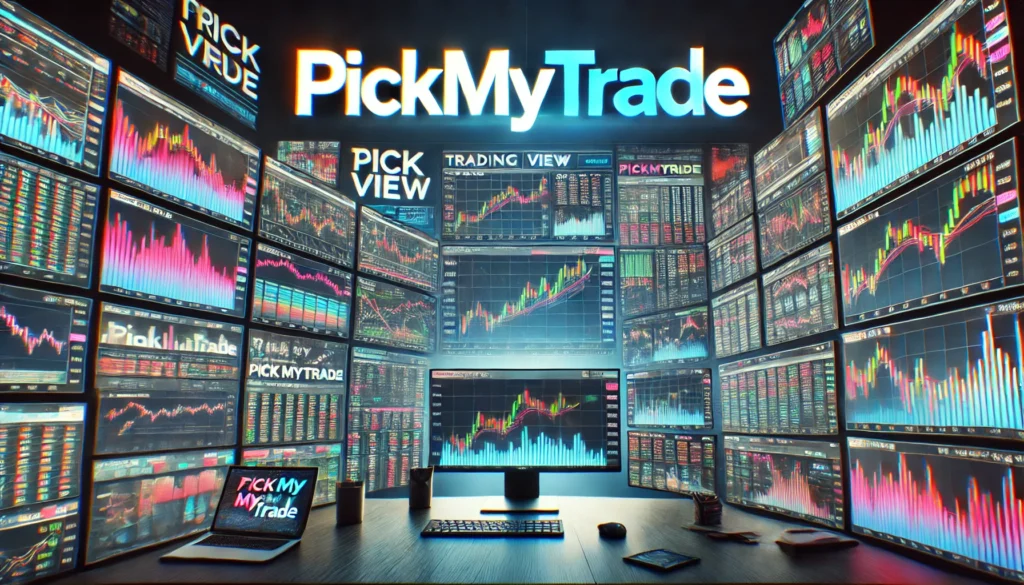Futures trading is a powerful financial instrument that can help traders manage risk and speculate on price movements. This guide will walk you through the essentials of futures trading, including what it is, how it works, and practical examples to illustrate its applications.
What Are Futures?
Futures are contracts that obligate the buyer to purchase, and the seller to sell, a specific asset at a predetermined price at a specified time in the future. These assets can range from commodities like corn and oil to financial instruments such as stock indices.
The Structure of a Futures Contract
A futures contract includes several key elements:
- Underlying Asset: The asset that is being bought or sold, such as crude oil, gold, or a stock index.
- Contract Size: The amount of the underlying asset that is covered by the contract.
- Price: The fixed price at which the asset will be bought or sold in the future.
- Expiration Date: The date on which the contract must be fulfilled, meaning the asset must be delivered or cash settled.
Why Trade Futures?
There are several reasons why traders and businesses engage in futures trading:
- Hedging: Futures contracts are often used to hedge against price fluctuations in the underlying asset. For instance, a farmer might sell futures contracts to lock in a price for his crop before it’s harvested.
- Speculation: Traders may buy or sell futures contracts to profit from anticipated price movements. If a trader believes that the price of oil will rise, they may buy a futures contract to sell at a higher price later.
- Leverage: Futures trading allows traders to control a large amount of an asset with a relatively small amount of capital, thanks to leverage. This can amplify profits but also increases the risk of significant losses.
How Does Futures Trading Work?
Futures trading involves several steps:
- Market Analysis: Traders analyze market trends and data to make informed predictions about future price movements.
- Placing Orders: Traders place orders to buy or sell futures contracts through a broker or trading platform.
- Margin Requirements: To trade futures, traders must maintain a margin account, which requires a deposit that acts as collateral for the trade.
- Closing Positions: Traders can close their positions before the contract expires by entering an offsetting trade.
Hedging with Futures
Hedging is a common strategy used by businesses to manage risks associated with price fluctuations. For example, consider a meat processing company that relies on hogs for production:
If the company anticipates a rise in hog prices due to adverse weather conditions affecting corn production (a primary feed), it can purchase futures contracts to lock in current prices. This way, even if prices rise, the company is protected from having to pay more in the future.
Example of Hedging
Imagine a farmer who grows corn. If they expect that the price of corn will drop at harvest time, they can sell futures contracts to guarantee a price. This action effectively locks in their profit margin, regardless of market fluctuations.
The Role of Speculators
While hedgers use futures to mitigate risks, speculators aim to profit from market movements. They take on the risk that hedgers want to avoid, providing liquidity to the market.
Speculation Example
Suppose a trader believes that the price of oil will increase due to geopolitical tensions. They may buy oil futures contracts at the current price, hoping to sell them later at a higher price. If their prediction is correct, they can profit from the difference.
Understanding Margin and Leverage
Futures trading involves margin, which is the amount of capital required to open a position. This margin allows traders to control a larger position than their initial investment, creating leverage.
For example, if a trader wants to control a $100,000 futures contract but only needs to deposit $5,000 as margin, they have a leverage ratio of 20:1. While this can amplify profits, it also increases the potential for significant losses if the market moves against the trader.
Key Risks in Futures Trading
While futures trading can offer substantial rewards, it also carries significant risks. Here are some of the key risks to consider:
- Market Risk: The risk of losses due to unfavorable price movements in the underlying asset.
- Leverage Risk: The use of leverage can magnify both gains and losses, leading to rapid financial deterioration.
- Liquidity Risk: In some cases, it may be difficult to close a position if there are not enough buyers or sellers in the market.
Conclusion
Futures trading is a complex but rewarding financial instrument that can be used for hedging and speculation. By understanding the mechanics of futures contracts, the role of hedgers and speculators, and the associated risks, traders can make more informed decisions in the marketplace.
If you’re interested in exploring futures trading further, consider leveraging resources like PickMyTrade, which offers automated trading solutions and expert strategies to help optimize your investments.




